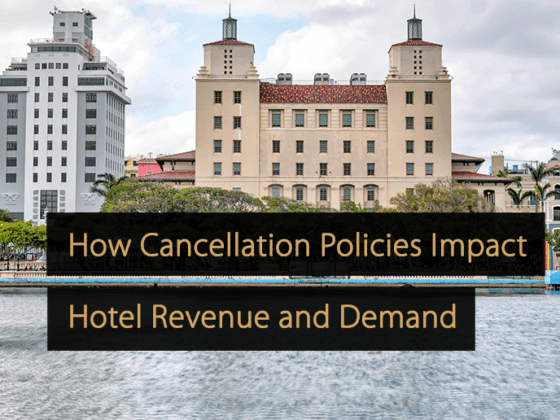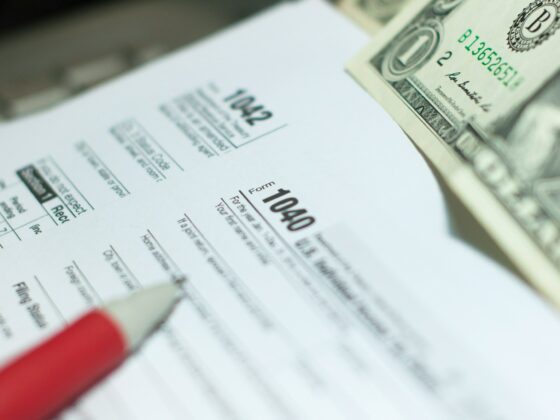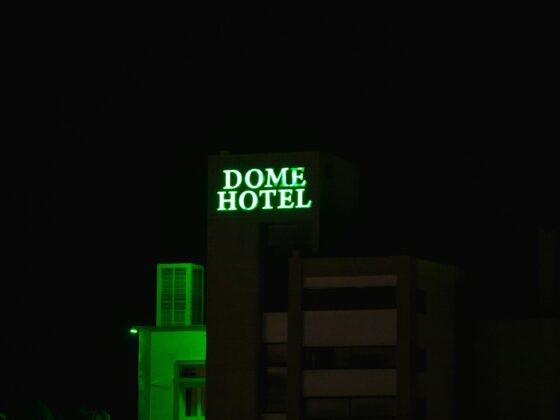
“Dynamic pricing for ancillary services is something hotels should absolutely implement, but many properties aren’t quite there yet. One of the biggest challenges is data integration – without proper systems in place, it’s hard to track demand and optimise pricing effectively.
Operations teams also need time and training to adapt, and there’s still uncertainty about how guests would react to fluctuating prices. Budget constraints can also be a barrier, especially for independent hotels, whereas chain hotels tend to have an advantage with existing technology and structured training programs.
For spas, a dynamic pricing approach could work well by offering lower rates during off-peak hours, like early mornings, or introducing early-bird pricing for guests who book treatments before arrival. Room upgrades, on the other hand, are easier to implement if front office teams are well-trained to offer them at the right moment. That said, dynamic pricing is already widely accepted in the wellness industry – apps like ClassPass adjust pricing for gym classes, Pilates, and massages based on demand. If communicated properly to guests, this could work well in hotels, too. Of course, different geographic markets would react differently, so hotels need to strategise accordingly. This approach can also apply to meetings and events, adjusting rates for weekdays versus weekends.
For F&B, strategy depends on the hotel type. A resort in a dining-heavy area could use dynamic pricing to encourage guests to stay for sunset cocktails with special pricing. Meanwhile, a city hotel with peak dinner hours and outside guests could implement tiered pricing – offering discounts during off-peak hours and premium pricing for peak times. Guests who really want that prime-time table might be willing to pay more!
Overall, dynamic pricing for ancillary services has huge potential if implemented thoughtfully. With the right technology, staff training, and clear communication to guests, hotels can optimise demand and drive more revenue – just like other industries already do. It’s all about understanding the market, adapting strategies, and making it a win-win for both the hotel and the guest.”







